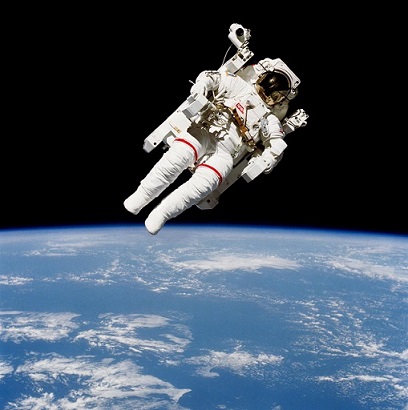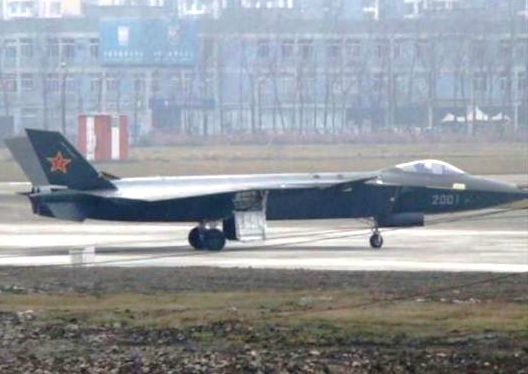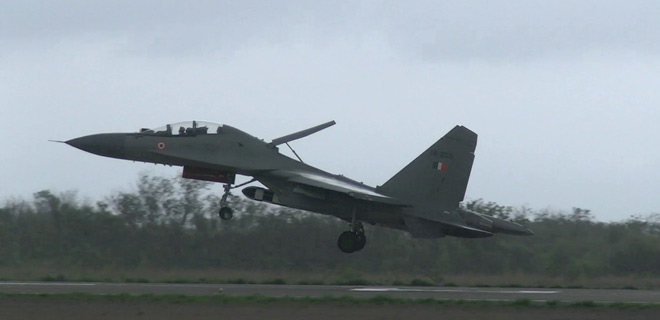
HYDERABAD (PTI): With the successful launch of its heaviest rocket, ISRO now needs to focus on human space flight mission, further development of semi-cryogenic engine and recoverable and reusable launch system, the space agency's former chief G Madhavan Nair has said.
"Couple of launches of GSLV Mark III have to be done so that we prove our reliability, and parallelly start the programme for our manned mission (human space flight) and then of course semi-cryogenic project," Nair told PTI.
"If you want to have an eco-friendly rocket, more efficient rocket system for the future, from that point of view semi-cryogenic is very important," Nair said.
"Semi-cryogenic engine should become a replacement for some of the boosters in the days to come," he said.
According to ISRO officials, the space agency has been working on some critical technologies in recent years for the human spaceflight mission.
They said the semi-cryogenic project envisages the design and development of a 2,000 kN semi-cryogenic engine for a future heavy-lift launch vehicle.
This engine uses a combination of liquid oxygen and a propellant-grade kerosene, which are eco-friendly and cost-effective propellants.
They said preliminary details of the overall stage configuration and stage engineering of semi-cryo stage with 200 tonne propellant loading has been worked out.
Nair said, "The ultimate goal of having a recoverable and reusable launch system... that we cannot forget, we should be working towards that."
He said GSLV Mark III, capable of launching four tonne class satellites, is a cost-effective vehicle.
"Four tonne is really the class of payload which meets the most of the communication satellite requirements," he said.
"For independent launch of a communication satellite, this (GSLV Mk III) seems to be the only vehicle available in the global market; whereas Ariane (rocket of European space consortium Arianespace) is a very large vehicle, you require two passengers to go together.
"If somebody wants to have an independent launch, they can make use of this (GSLV-Mk III)," he said.
Nair termed the successful launch of GSLV-Mk III-D1 on Monday as "really a proud moment for ISRO."
"It should become a turning point so that we take off further to the great future. I will say in the last five years, this is the most significant milestone (for ISRO)," he said.
India on Monday scripted history as it successfully launched its heaviest rocket GSLV MkIII-D1 carrying communication satellite GSAT-19.
 Previous Article
Previous Article Next Article
Next Article












The Indian Air Force, in its flight trials evaluation report submitted before the Defence Ministry l..
view articleAn insight into the Medium Multi-Role Combat Aircraft competition...
view articleSky enthusiasts can now spot the International Space Station (ISS) commanded by Indian-American astr..
view article